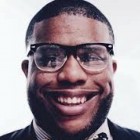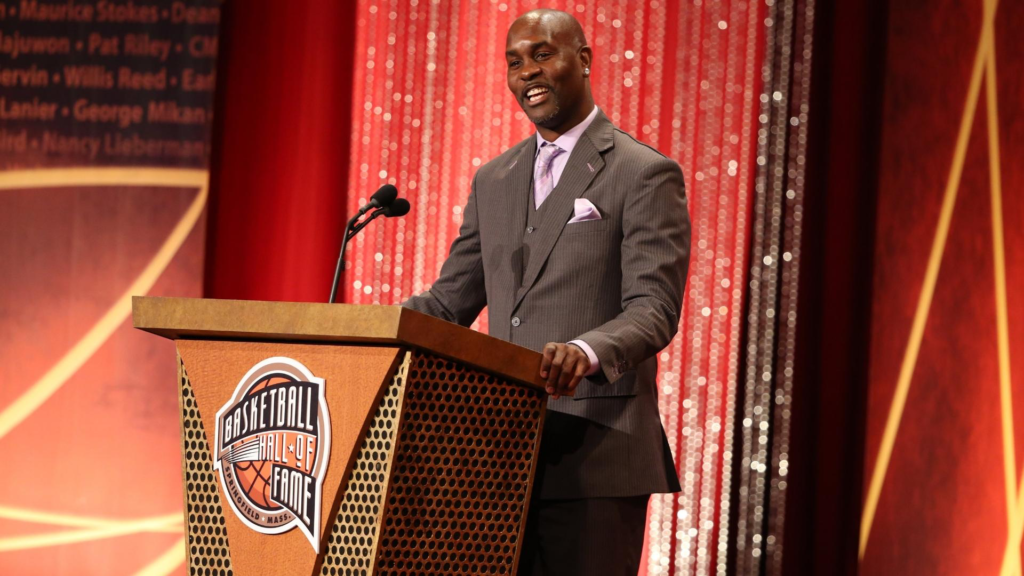
Gary Payton has always been one of a kind. Nicknamed “The Glove” for his suffocating defense, Payton carved out a Hall of Fame career by being fearless, competitive, and unapologetically himself. From revolutionizing basketball sneakers to becoming a bridge between old-school and new-school NBA, Payton’s legacy stretches far beyond the box scores.
He’s a walking timeline of basketball culture — connecting the eras of NBA Jam, Seattle’s 90s dominance, hip-hop shoutouts, and championship dreams.
In a wide-ranging conversation, GP broke down his journey, his influence, and the moments that still define his legacy today.
On How He Changed the Basketball Shoe Game Forever

When you think about how NBA players express themselves today through sneakers, you have to credit pioneers like Gary Payton. Before signature lines were a norm, Payton was already thinking about function and flair — and how he could be different. While most players stuck to the traditional high-tops for ankle protection, Payton trusted his instincts and demanded something better. He understood that his speed, defensive footwork, and confidence couldn’t be trapped by heavy shoes. When Nike gave him creative freedom, he didn’t hesitate to create a design that matched the way he moved — fast, aggressive, and fearless. “I didn’t like high tops over my ankles,” said Payton.
“So when Nike came and they were like ‘What kind of shoe do you want?’ and I was like, ‘I can’t have nothin’ with my ankles man. If I get any shoe, I want support on a low cut shoe or a mid-cut where it’s going to support my ankles and I want to be free.’ Because that’s the way I was, man; just like that I wanted something to fit on my feet just like it fits on my hands and the way I played defense. So we went into the lab, we created a low cut shoe, had a monkey paw where it could grip my ankles and I’ve loved it ever since. I didn’t never tape [my ankles], so that was the game to me – no tape nothin’. I just wore two pairs of socks and I went out there and got busy, know what I’m sayin’? And fortunately I NEVER got hurt.”
Payton didn’t just trust his gut — he changed the way basketball shoes were made for future generations.
On Teaming Up With Sam Cassell in Milwaukee
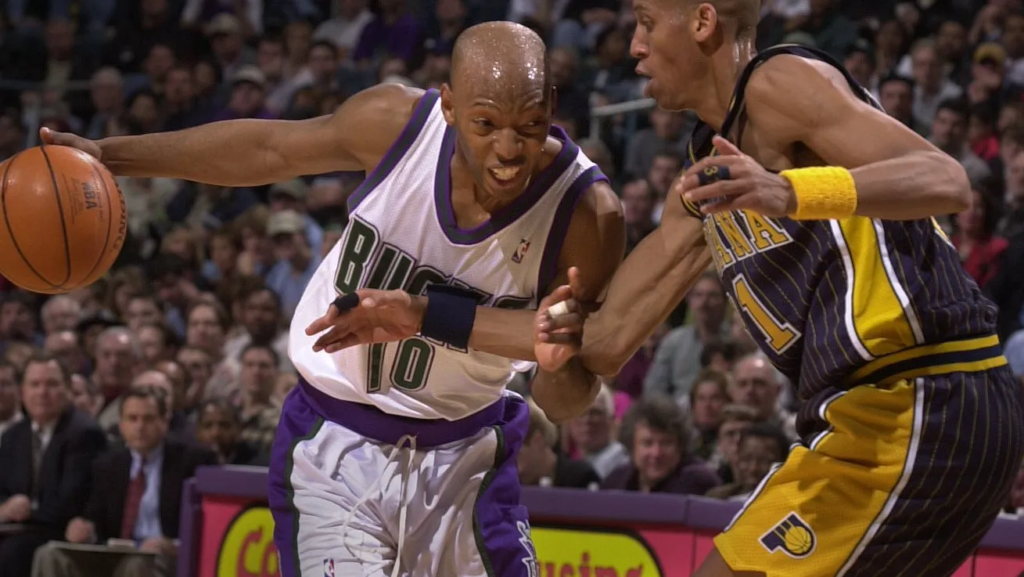
Gary Payton was traded to the Milwaukee Bucks in February 2003 as part of a blockbuster deal that sent Ray Allen to the Seattle SuperSonics. The move shocked many around the league, as Allen was a cornerstone of the Bucks franchise, while Payton — a nine-time All-Star and former Defensive Player of the Year — was in the final year of his contract with Seattle. Milwaukee, under pressure to make a playoff push, took a calculated risk by acquiring the veteran point guard. Payton brought toughness, leadership, and a defensive edge to the Bucks backcourt, but his stint in Milwaukee was short-lived — he played just 28 games, including the playoffs, before signing with the Los Angeles Lakers that summer.
When Payton was traded to Milwaukee, he linked up with another outspoken floor general: Sam Cassell.Both players had fiery personalities and an uncompromising desire to win at any cost.
On the surface, two strong egos could have clashed — but instead, they clicked like brothers.
Their relationship off the court was as tight as their communication on it.
Whether it was what they ate, how they traveled, or how they prepared for games, Payton and Cassell moved in complete lockstep. “We were two real ones,” said Payton.
“We let it be known what we want and then we go out there and get it done. You know, he’s picky like me. Me and him when we were in Milwaukee, we could only eat a certain food and only eat this type of food and we were picky that way but that’s my boy and my guy. That’s a REAL brother for real; for life.”
On Jadakiss, Too $hort and NBA Players Getting Name-Dropped in Rap Lyrics
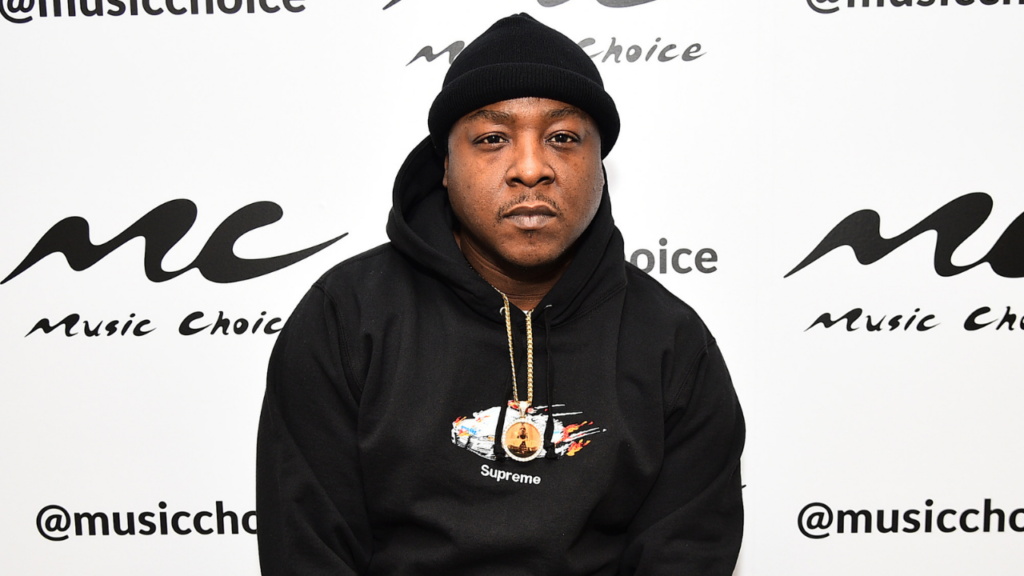
As basketball and hip-hop culture collided in the early 2000s, being name-dropped in a rap song meant you’d crossed into cultural icon status. Payton had a front-row seat when Sam Cassell got a Jadakiss shoutout in his song “Put Ya Hands Up” and he remembers how loud the locker room got when that song dropped.
In Jadakiss’ “Put Ya Hands Up,” one of the standout lines comes when he raps, “Y’all scared, I can tell / ‘Cause I’ma get bucks like Milwaukee, ’cause like Sam I Cassell.” It’s a slick, layered punchline that exemplifies Jada’s signature wordplay and his ability to fuse street talk with basketball references. The bar works on multiple levels: “get bucks like Milwaukee” plays off both money and the NBA’s Milwaukee Bucks, while the follow-up, “like Sam I Cassell,” ties in Sam Cassell — the former Bucks point guard known for his grit, confidence, and unorthodox style. The pun on “I can sell” tucked inside Cassell’s name adds another clever twist, reinforcing Jadakiss’ lyrical agility. It’s the kind of sports metaphor that resonated with fans who grew up on both hip-hop and basketball, and it helped cement Jada’s reputation as one of the sharpest MCs in the game — street-certified and culturally fluent.
From bumping it in the car to celebrating the lyric on road trips, it was more than a moment — it was a vibe.
“Sam was just pumping it all the time in the car though,” recalled Payton.
“I said, ‘Man you just feelin’ yourself, huh? Jadakiss got you on one!’ We played New York probably about three weeks later and Jadakiss came in and messed with us man. And we kicked it and went to the club and we were chillin’ and ever since me Jadakiss and Sam and all of us have always been tight.”
“Put Ya Hands Up,” was a hot single from Jadakiss’ debut solo album Kiss tha Game Goodbye. Produced by megaproducer, Swizz Beatz, the track is a statement of intent — aggressive, confident, and rooted in the essence of New York hip-hop. From the punchlines to the cadence, “Put Ya Hands Up” not only affirmed Jadakiss as a top-tier lyricist but also became a go-to record for anyone craving that unfiltered, boom-bap energy that defined early 2000s East Coast rap.
Payton had already been mentioned by one of hip-hop’s pioneers, Too $hort. Their off-court friendship was just as real as their competitive spirit. “That’s my boy Too $hort,” said Payton.
“But we used to kick it all the time. He used to be at my house. After the basketball games when I used to stay over in Golden State, we used to go to my house in the hills and we would play NBA Jam and get on the pool table and everything; we’d gamble a little, shoot dice everything. But that was my first verse with $hort giving out love like that.”
On His Legendary NBA Jam Cabinets and Competitive Battles
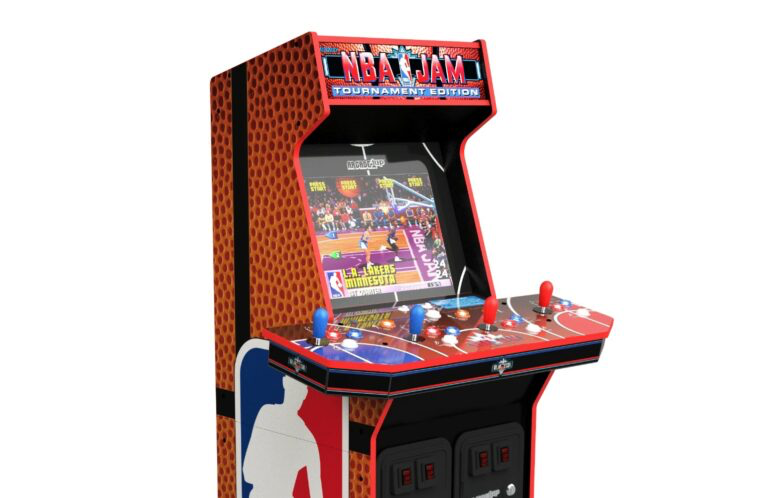
Released in 1993 by Midway, NBA Jam became an instant classic and cultural phenomenon in the world of sports video games. Known for its over-the-top, fast-paced 2-on-2 gameplay, exaggerated dunks, and unforgettable catchphrases like “He’s on fire!” and “Boomshakalaka!”, the arcade-style game captured the energy and personality of NBA basketball in a way no title had before. Featuring real NBA players — though famously excluding Michael Jordan due to licensing issues — NBA Jam allowed fans to play as their favorite stars with superhuman abilities and no fouls, creating an addictively fun experience. It became one of the highest-grossing arcade games of all time and helped pave the way for future NBA video games by blending authenticity with entertainment.
Payton is a gamer, but not in the modern sense. He doesn’t spend hours online — he collects arcade cabinets and keeps the culture alive. His collection includes multiple NBA Jam machines— and one of the rare ones with Michael Jordan in it.
It’s not just about nostalgia; it’s about keeping the golden age of hoops culture alive. And yes, GP is still “on fire.”
“I have four NBA Jam arcade cabinets,” said Payton, proudly.
“I got all the old big games. I own about 50 of ‘em… I got like, pinball machines, all that stuff… old school everything.”
On Why NBA Jam Belongs in the Hall of Fame
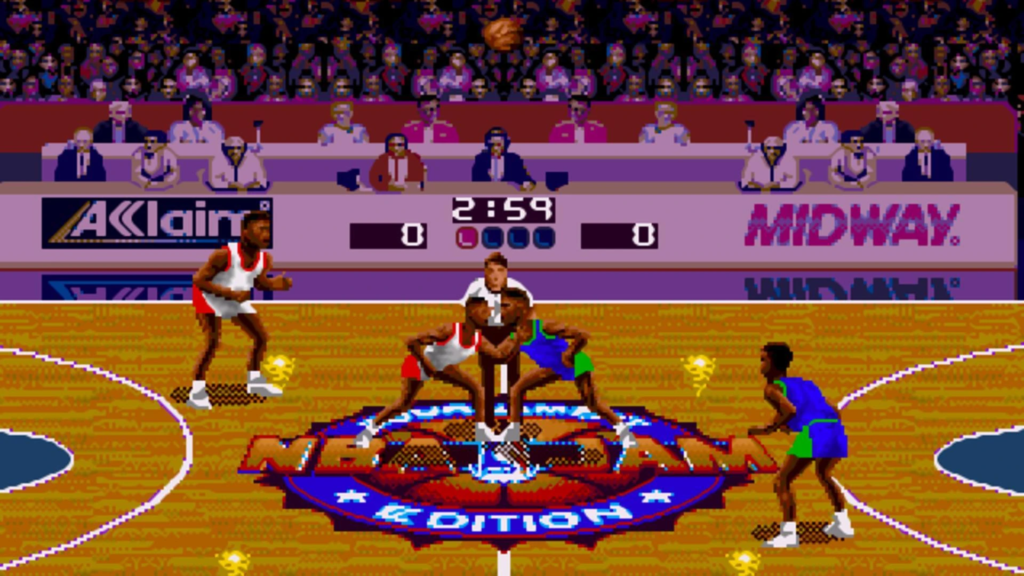
NBA Jam was more than a video game. It was a cultural force — one that introduced players to new audiences and made legends out of pixelated dunks. For Payton, it deserves a place in history alongside the players it made famous.
“It should,” said Payton.
From cheat codes to four-player matchups, it was the perfect storm of competition and fun.
And GP’s Sonics? They were stacked. “That was the greatest game,” he said.
“You could sub players and transfer them on teams at times man if you knew how to get into the game. My kids were always doing that because there were cheat codes with all that stuff.”
On Zion Williamson Reminding Him of Shawn Kemp
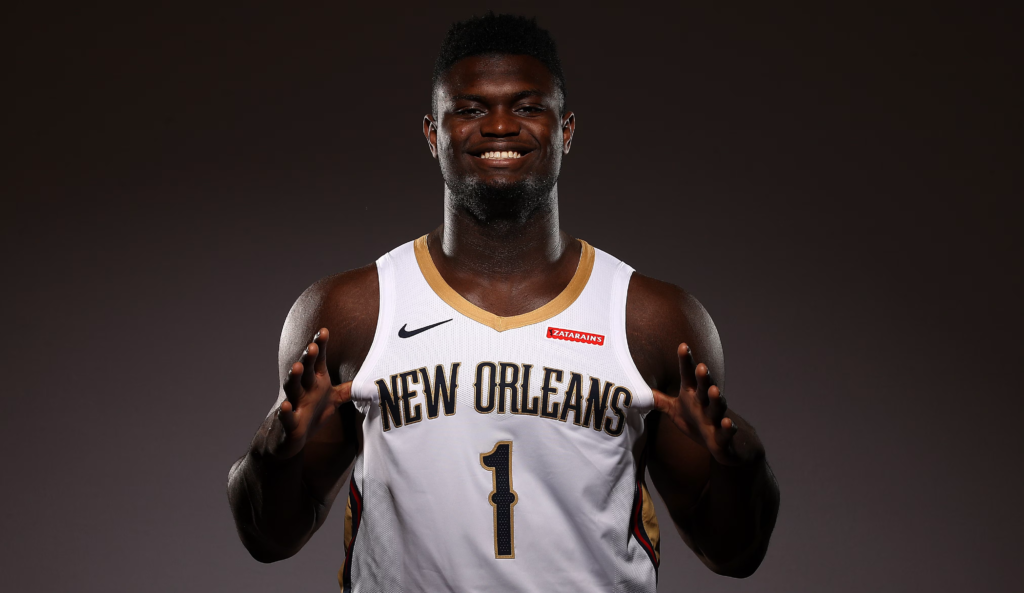
Shawn Kemp and Zion Williamson, though from different eras, draw frequent comparisons for their explosive athleticism, powerful finishes, and ability to electrify crowds with gravity-defying dunks. Kemp, a six-time NBA All-Star during the 1990s, was a human highlight reel whose combination of size, speed, and bounce made him one of the most feared forwards of his generation — especially during his prime with the Seattle SuperSonics. Similarly, Zion entered the league with immense hype, showcasing an uncanny blend of brute strength and agility rarely seen in a player of his build. Both players captured national attention not just for their box score contributions, but for how they made the game feel — loud, fast, and unforgettable. While Zion’s career has been hindered at times by injuries, much like Kemp’s was later in his tenure, the parallels remain striking: two physically dominant forwards capable of changing a game’s momentum with one thunderous leap.
There aren’t many players today who remind Payton of his high-flying Sonic brother Shawn Kemp — but Zion Williamson does. He sees the explosive first step, the raw power, the vertical dominance. What Zion lacks in finesse, he makes up for in brute force. And that’s where the comp with young Kemp really hits. Payton hopes Zion can stay healthy and write his own legacy — because the potential is there.
“Very much,” said Payton.
“Me and Shawn talk about this all the time. That’s the young Shawn Kemp of the NBA.”
On Bringing NBA Basketball Back to Seattle
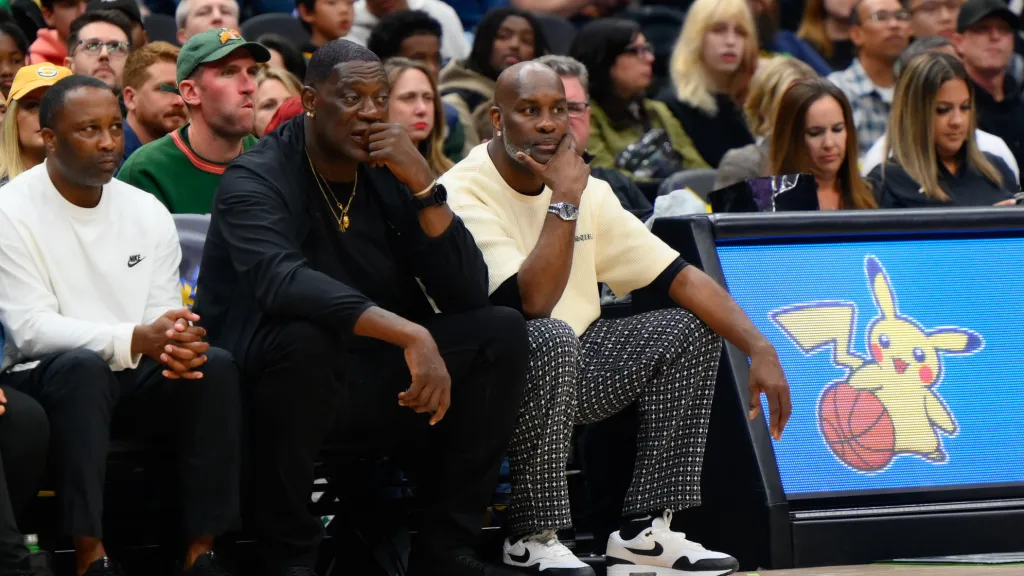
The Seattle SuperSonics, one of the NBA’s most beloved franchises, hold deep cultural significance not just for basketball fans but for the city of Seattle and the broader Pacific Northwest. Their 41 years in the NBA, from 1967 to 2008, cemented their place as a cornerstone of Seattle’s identity. The team was a symbol of civic pride, with passionate fans who rallied behind their squad, highlighted by moments of glory such as the 1979 NBA Championship and the electrifying era of players like Gary Payton, Shawn Kemp, and Ray Allen. Beyond the hardwood, the Sonics represented the city’s rich music and arts scene, tying into the legacy of grunge and hip-hop. The Sonics’ eventual departure to Oklahoma City in 2008 remains a source of heartache for many fans, as their absence has left a void not just in Seattle sports but in the cultural fabric of the city, reminding us of the deep connection between sports and community identity.
Few things fire up Payton like the topic of Seattle getting an NBA team again. He believes the city is ready — and that the league knows it. He’s followed the expansion rumors closely and sees a window opening soon. But Payton doesn’t just want a team — he wants the right people leading it. He’s ready to help rebuild what the Sonics once were.
“Seattle is ready and they can be the first runner up in the West,” Payton shared.
“I think it’s going to happen in about another three years,”
On Reuniting the Core of the ’90s Sonics
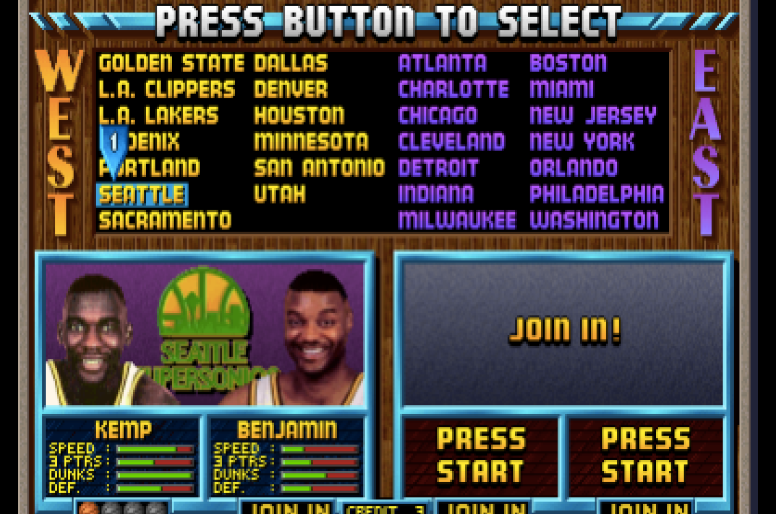
If the Sonics return, Payton has a plan. Bring back the soul of the ’90s squad — the guys who made Seattle proud. Nate McMillan on the bench. Detlef Schrempf in the rafters. Shawn Kemp in the building. The city deserves that closure.
And Payton wants to make sure it happens.
“I would try to bring back Detlef Schrempf, Shawn Kemp and Nate McMillan right away,” he said.
“I would retire Detlef Schrempf, Shawn Kemp and myself on the same given night.”
On What Went Wrong in the 1996 NBA Finals
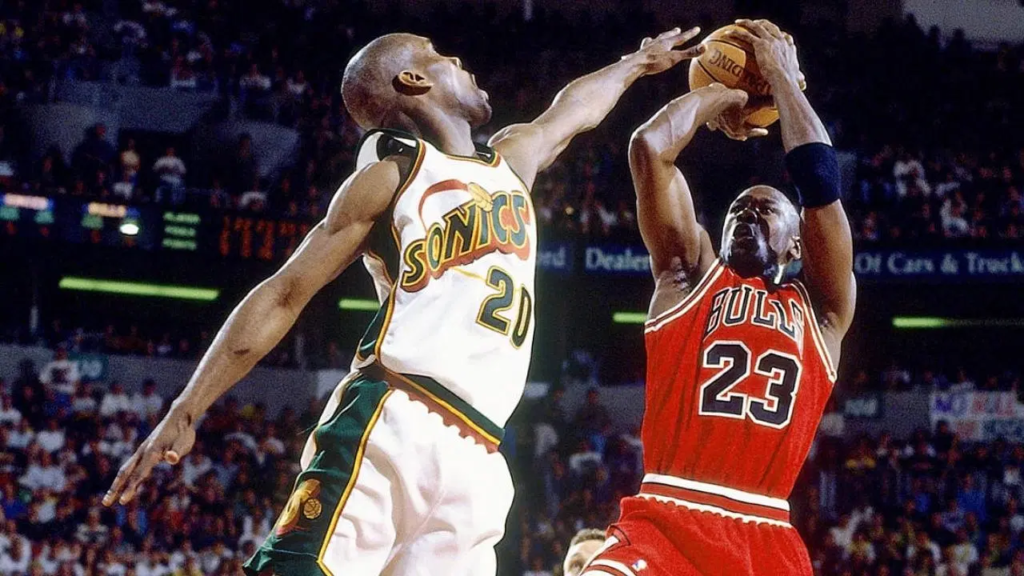
The 1996 NBA Finals, one of the most iconic series in basketball history, saw the Chicago Bulls clash with the Seattle SuperSonics in a dramatic showdown that marked the culmination of a season of dominance. The Bulls, led by Michael Jordan, Scottie Pippen, and the strategic mind of Phil Jackson, were chasing their fourth championship in six years, having reformed after Jordan’s brief retirement. The Sonics, spearheaded by Gary Payton and Shawn Kemp, were a formidable force, boasting a top-ranked defense and an up-tempo offense. The series, however, was largely defined by Chicago’s overwhelming talent, culminating in a 4-2 victory. Jordan, named Finals MVP, displayed his signature brilliance, averaging 27.3 points per game and leading the Bulls to their fourth title, and their first after Jordan’s return. Despite Payton’s defensive efforts, particularly in limiting Jordan’s scoring in Game 4, the Bulls’ unrelenting focus and depth proved too much for the Sonics, solidifying their place in NBA lore and setting the stage for Chicago’s second three-peat.
The Sonics were built to push the Chicago Bulls. And had Payton guarded Jordan from Game 1, who knows what would’ve happened. An injury, a decision, and some poor timing changed everything. By the time Payton took on the challenge, it was already 3–0. But he still believes they had enough to win it all. “I think we needed a little bit more of a different plan,” he said.
“I think it would’ve been different if I would’ve started off on him.”
On Witnessing Vince Carter’s Iconic Dunk
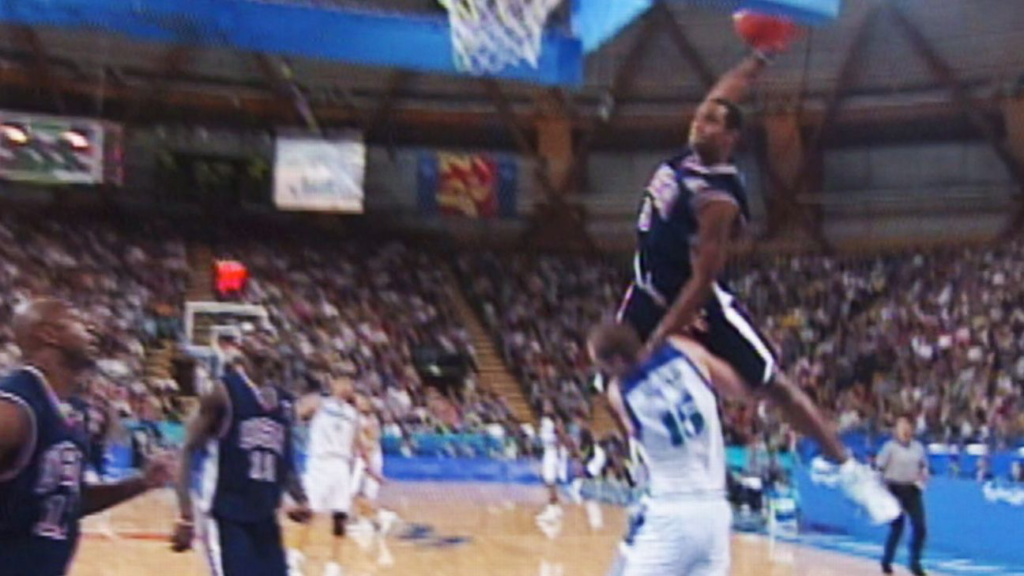
Vince Carter’s dunk in the 2000 Sydney Olympics stands as one of the most jaw-dropping and iconic moments in basketball history. During a semifinal game against France, Carter took off from just inside the free-throw line, soaring toward 7-foot-2 French center Frédéric Weis, who was attempting to block the shot. In one of the most audacious moves ever seen in basketball, Carter not only dunked over Weis but did so with such force and finesse that it became an instant viral sensation. The dunk was so incredible that it overshadowed the rest of the game, with fans and commentators in disbelief over Carter’s air-time and sheer athleticism. This moment, often referred to as the “Dunk of Death,” solidified Carter’s reputation as one of the most electrifying athletes to ever step on the court and remains a defining highlight of the 2000 Olympics, further embedding him in basketball lore.
Payton and the entire Team USA bench witnessed that moment and The Glove shared that he knew he’d seen something special. It was a moment he’ll never forget. “I said, ‘Uh-oh. This is a problem,’” recounted Payton.
“And then all of the sudden he dipped on him and we went CRAZY!!!
On the 2004 Lakers and the Finals Against the Pistons
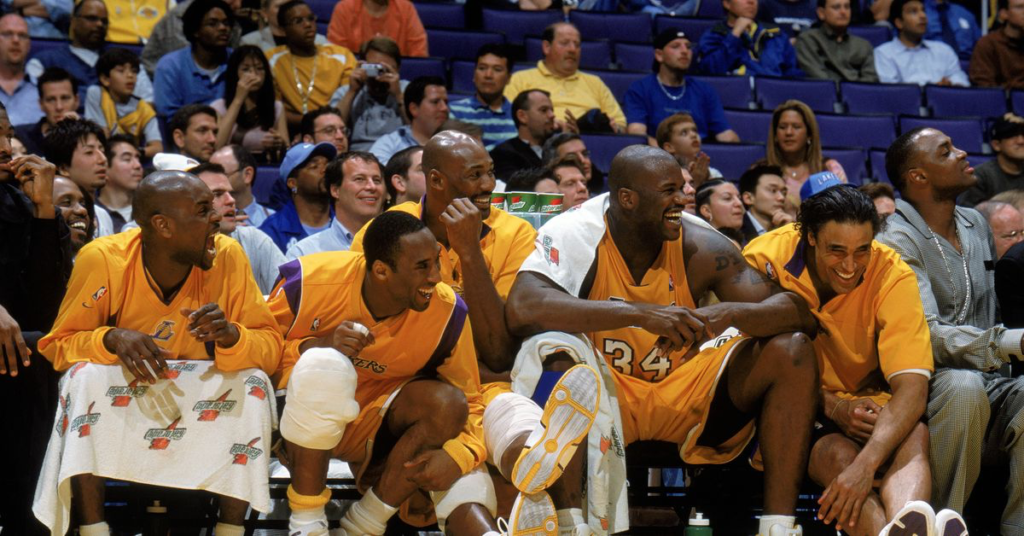
The 2003-04 Los Angeles Lakers were a tantalizing blend of star power and high expectations, creating one of the most intriguing teams in NBA history. Fresh off their third consecutive championship, the Lakers made seismic waves by adding future Hall of Famers Gary Payton and Karl Malone to a roster already featuring Shaquille O’Neal and Kobe Bryant. The “Big Four” were dubbed a superteam, designed to dominate the NBA with an unmatched combination of talent, experience, and versatility. However, despite the high-profile roster, the season was plagued by chemistry issues and internal tension, particularly between O’Neal and Bryant, that hindered the team’s potential. The Lakers breezed through the regular season but faltered in the NBA Finals, losing to the Detroit Pistons in a surprising 4-1 series.
The 2003-04 Lakers, while undeniably talented, became a symbol of how even the most star-studded rosters can fail to meet their lofty expectations, as their inability to gel as a cohesive unit led to one of the most disappointing seasons in franchise history.
They weren’t healthy, and they weren’t united. Payton knew something was off — even before the NBA Finals started. Detroit came in hungry and left no doubt. For Payton, it was one of the most frustrating endings to a season in his career. “We thought that we were good too,” he shared.
“But then when we went into this turmoil, that blew us up… They beat us three in a row in Detroit and they beat us handily too.”
On Winning It All with the 2006 Miami Heat
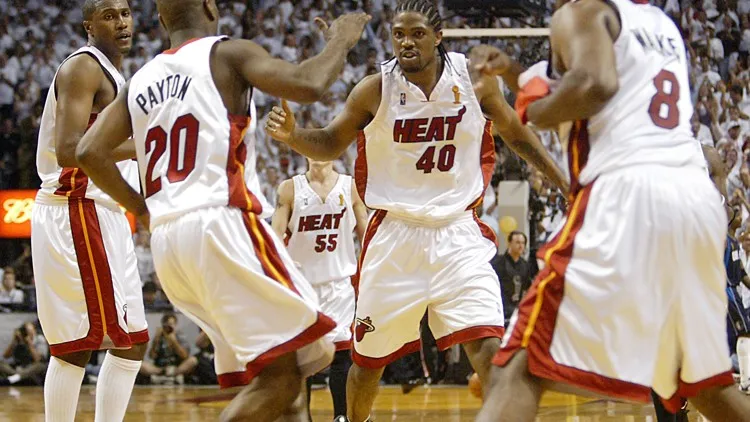
The 2006 Miami Heat were a team defined by resilience, leadership, and the emergence of a new NBA dynasty. Led by the dynamic duo of Dwyane Wade and Shaquille O’Neal, the Heat transformed from a promising squad to an NBA champion in just one season. Wade, in particular, had a historic playoff run, taking control of the Finals with a performance that earned him the Finals MVP. The Heat battled through adversity, especially in the Finals against the Dallas Mavericks, where they came back from a 2-0 series deficit to win four straight games, clinching the title in six. Wade’s ability to dominate offensively, coupled with Shaq’s presence in the paint, was the perfect recipe for Miami’s success.
The team’s victory not only solidified Wade’s place as one of the league’s elite players but also marked the first NBA championship in Miami Heat history, establishing the franchise as a perennial contender and setting the foundation for future success in the years to come. Finally, Payton got the ring. Not as the lead guy, but as the vet. Riley believed in him.Wade went nuclear and when it mattered most, GP helped get it over the finish line.When Wade kicked it to us, all we had to do was make a shot and then play D,” recounted Payton.
“And that’s what we did.”
On Comparing Dwyane Wade and Kobe Bryant
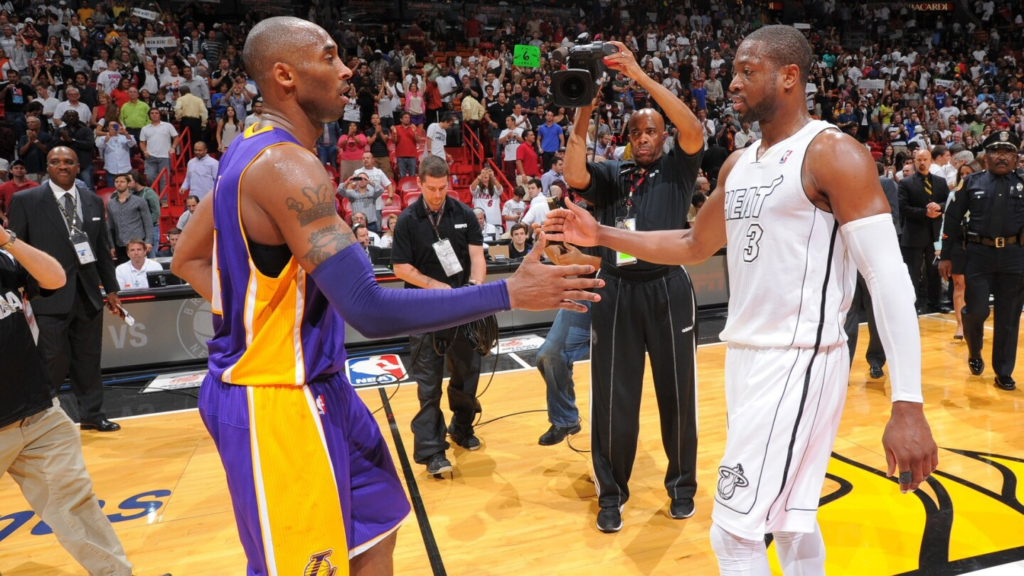
Dwyane Wade and Kobe Bryant shared a unique and respectful relationship both on and off the court, forged through mutual admiration and fierce competition. As two of the most dynamic and accomplished shooting guards of their era, their battles in the NBA Finals, All-Star Games, and Olympics showcased a deep respect for each other’s game.
Wade, known for his explosive athleticism, tenacious defense and ability to take over games in critical moments, often found himself in the shadow of Bryant’s larger-than-life persona and his relentless drive for perfection. Kobe, with his meticulous work ethic and insatiable competitive fire, was a role model for many young players, including Wade, who once admitted to modeling parts of his game after Bryant’s.
Their meeting in the 2008 Beijing Olympics, where they both played together for Team USA and shared leadership duties, epitomized their brotherhood in basketball. Despite their rivalry in the NBA, particularly when Wade’s Miami Heat bested Kobe’s Lakers in the 2004 Finals, the two would go on to form a lasting bond, with Wade often speaking of Bryant as a mentor and an inspiration. Their connection remains one of the most enduring friendships in basketball, built on a shared love for the game and a mutual respect for each other’s greatness.
Payton played with both. He saw what made them tick. The similarities were clear: the will, the big shots, the killer instinct. But Kobe’s two-way dominance stood out.Still, Payton has nothing but respect for both. “They both had the dog in ‘em,” said Payton.
“They were both the same.”
Closing Thoughts
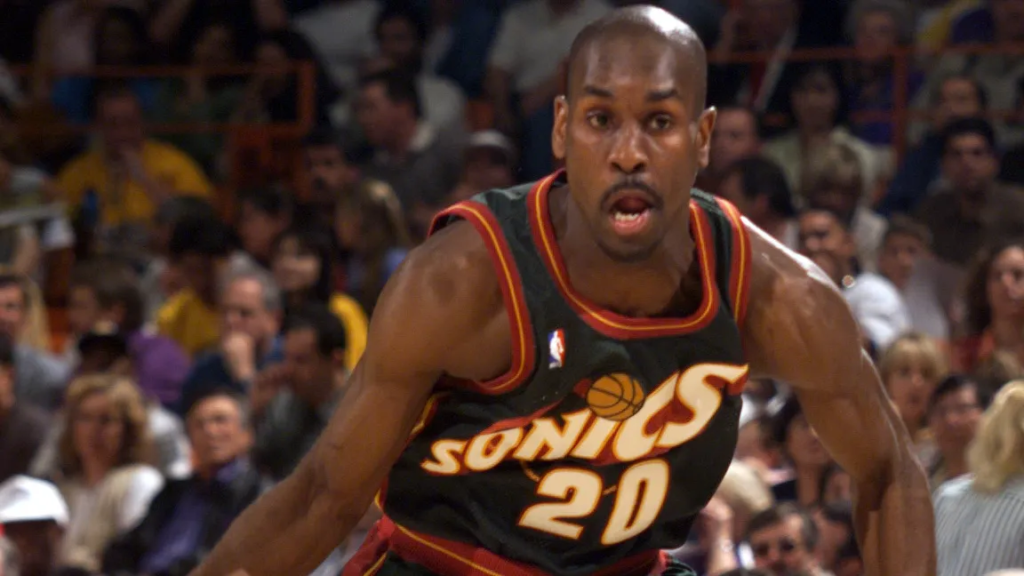
Gary Payton’s legacy can’t be summed up by stats, accolades, or even highlight reels — because what he brought to the game can’t be measured by numbers alone. He was a disrupter who changed the temperature of a game the moment he stepped on the court. A tone-setter who played with a chip on his shoulder and made sure everyone — opponents, teammates, and fans alike — felt it. A culture-shifter who helped redefine what it meant to be a two-way guard, blending suffocating defense with swagger, leadership, and unfiltered emotion. From his signature trash talk that got in heads and under skins, to his unforgettable Nike sneakers that echoed his personality, to the unshakable pride he carried for the city of Seattle — Gary Payton left his fingerprints everywhere. He gave the game a personality that was as real as it was raw, and his impact stretched far beyond the box score. And while today’s NBA has evolved into something faster, flashier, and more global, one thing hasn’t changed: there’s still only one Glove — and the game still echoes with his influence.
